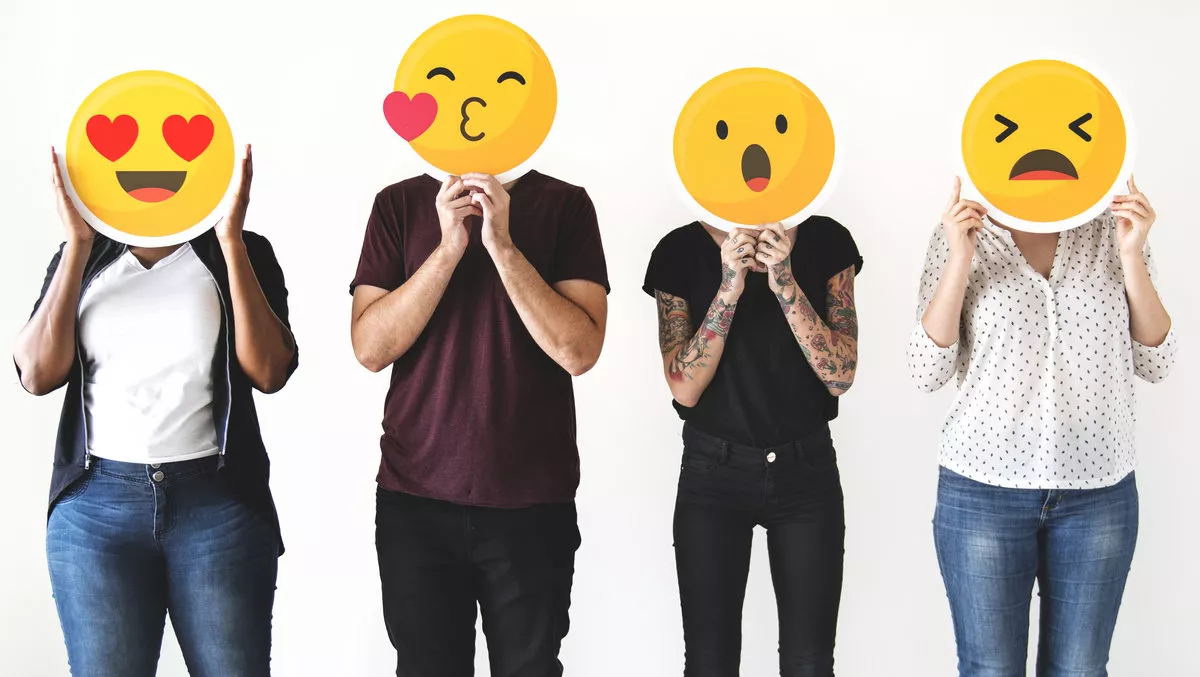
New research from 2degress looks at how people are using emojis at work, and the different perceptions of how they are received.
According to the ‘Good Chat' Emoji Study, which surveyed more than 2,000 New Zealanders, people have good intentions when it comes ti using emojis, and they can lead to a happier workplace overall, but the generation gap can lead to misunderstandings.
2degress chief consumer officer Scott Taylor says its all about good communication, and when used right they can help bosses and employees relate to each other and build a strong company culture.
He says, “Relationships are built on good communication and the growth of technology is giving us new ways of talking, including through emojis.
“It's not surprising that younger people, who have been brought up with a mobile phone in their hand, are comfortable using emojis, but the rest of us aren't far behind with 70% of Kiwis using them.
Taylor says, “The key, as with all good conversation, is to know what is appropriate when it comes to the emojis you choose and who you send them to. We're constantly seeing new symbols being introduced and with that comes more opportunity for people to express their feelings in different ways.
The study shows that while one in two of us use emojis to give a sense of tone and avoid being misunderstood, half of those surveyed have used emojis in the wrong context, with 17% getting into trouble for it.
Victoria University Wellington Linguistics Professor Miriam Meyerhoff says, “People can interpret emojis in different ways and different groups often associate different meanings with different symbols, and this doesn't always cross the generations.
She says, “This can be a minefield in the workplace. For example, a wink face might be used in a flirtatious way by people who wouldn't dream of sending one at work, while for others it signifies a friendly and light-hearted comment at the end of a work email. The last thing we want is for people to feel uncomfortable or even harassed by a misunderstood emoji that was sent by a workmate in all innocence but received the wrong way.
However, the research also found the use of emojis can lead to better connections at work by changing the way people view their colleagues.
According to the study, nearly one in three (29%) say their perceptions of their workmates change if they use emojis. Furthermore, the majority (59%) warm to you when you use emojis and think you are friendlier than expected.
Meyerhoff says, “Language and communication norms are constantly changing and it's clear that emojis have a part to play in this. It's interesting to see that young women are leading the way as the biggest users of emojis, which fits in with other studies that show they usually drive language change.
Of the different generations, 94% of those aged between 16 and 24 are using emojis in everyday digital conversations.
When it comes to a workplace setting, 40% of people of all ages will send an email or text with an emoji.
However, 42% of those aged 55+ think it is unprofessional to use emojis at work. Furthermore, one in two people over the age of 45 saying it is inappropriate to send one to the person in charge.
On the flipside, 41% of workers have received emojis from their boss or manager, the study shows. This can help to build a strong culture, with one in four people feeling less intimidated by those in senior roles who send them a smiley face, according to the research.
The research builds on 2degrees' previous work, looking at how New Zealanders are communicating with one another and how technology is affecting relationships around the country.
